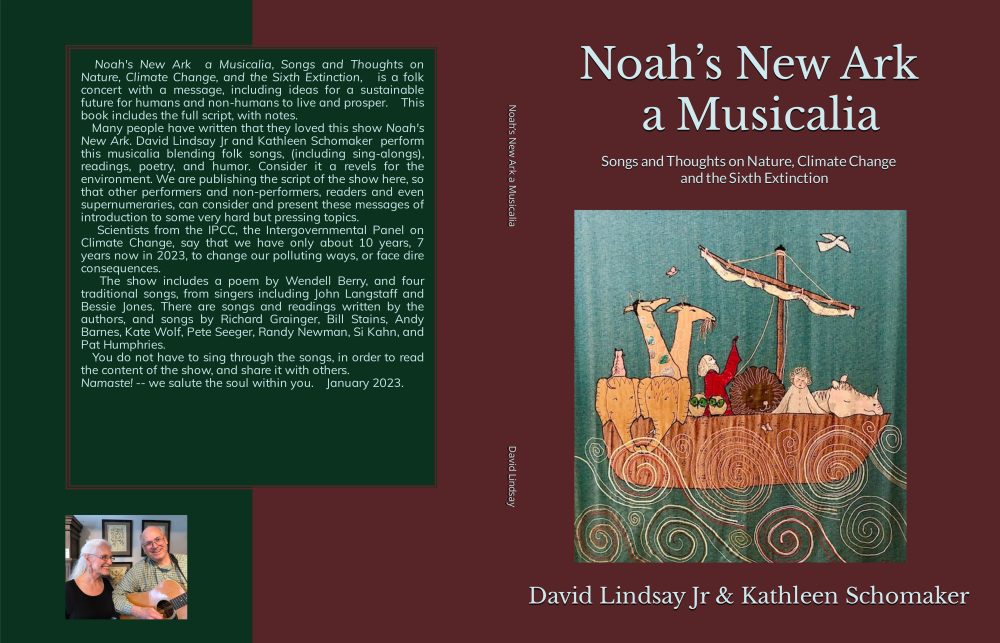“Last week, Tesla laid off most of its electric car charging team, raising doubts about the feasibility of the Biden administration’s ambitious E.V. expansion plans.
Though Tesla accounts for more than half of the fast E.V. chargers currently installed in the United States, and though it has continued to build them faster and cheaper than anyone else, the E.V. charging market may no longer need Tesla to lead it.
In fact, experts I spoke to believe the E.V. charging industry is set to expand quickly over the next few years. Let me explain why.
At first, Tesla’s move seemed like a blow to a sector that may seem like it’s struggling to grow despite the $7.5 billion investment from the bipartisan infrastructure law passed by President Biden in 2021. The administration’s goal is to build a network of a half million fast and slow chargers in the country by 2030, more than double what the U.S. has today. But roughly two and a half years after the bill’s passage only eight federally funded charging stations have opened in six states, according to government data.” . . . . .
Source: Climate: With or without Tesla, more E.V. chargers are coming







